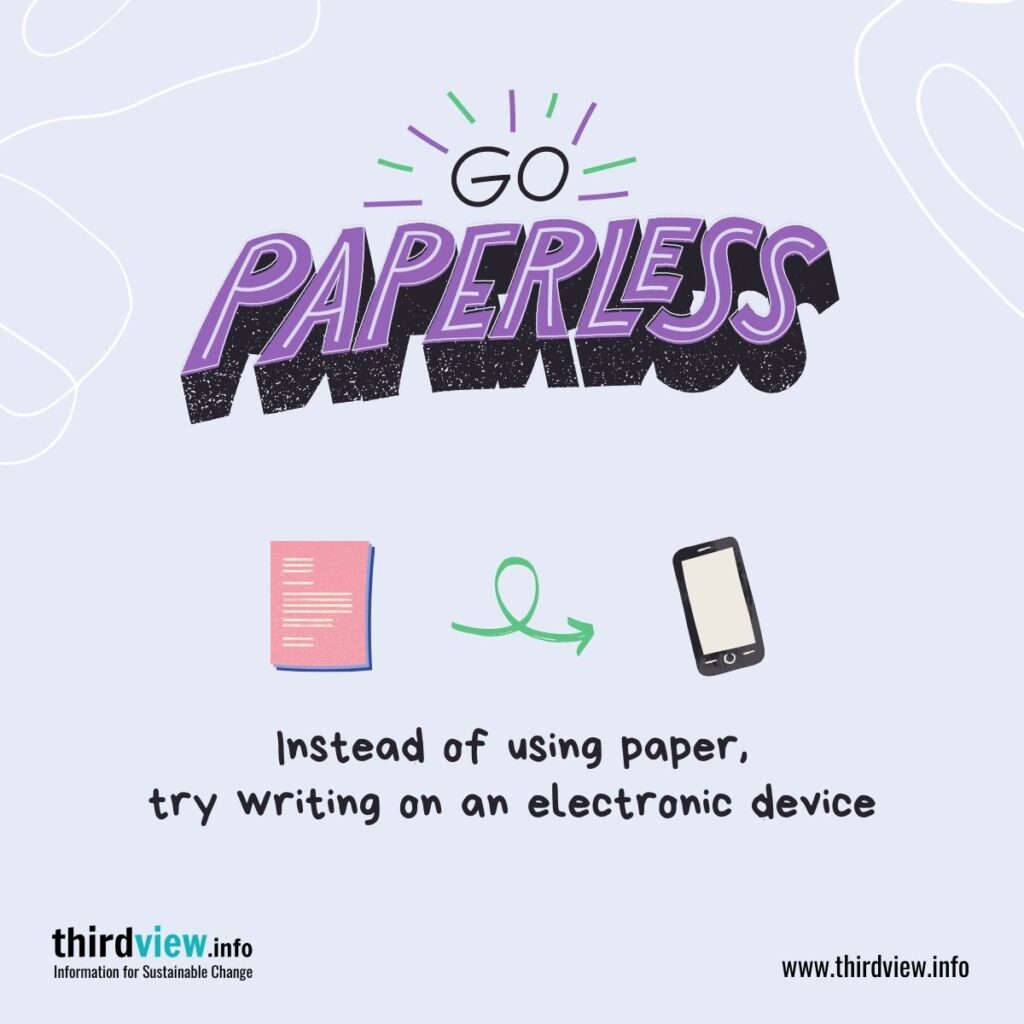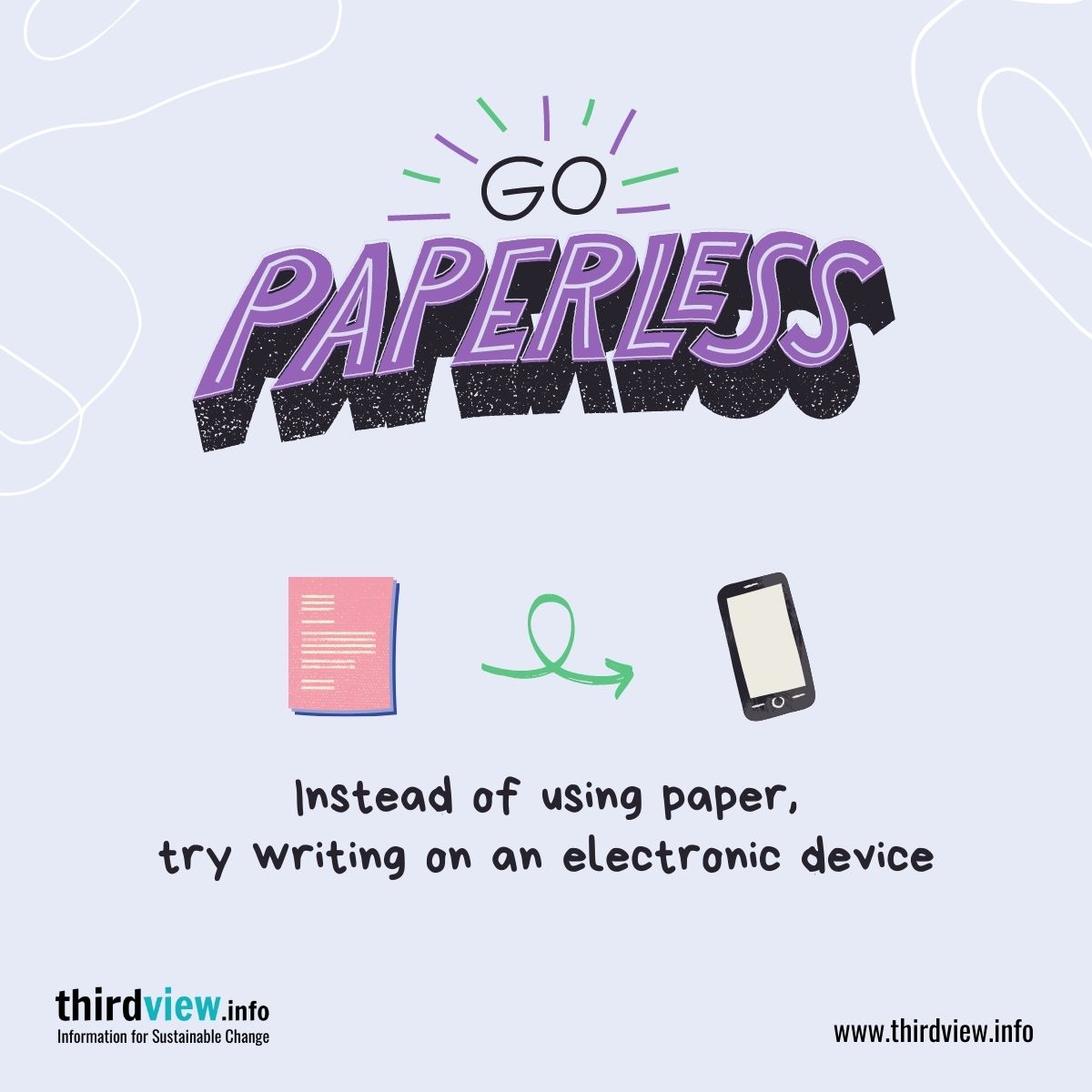A workplace that is eco-friendly not only helps to protect the environment but also provides a more efficient, cost-effective workplace. It’s important for employers to know how to create an eco-friendly workplace that meets their workers’ needs and the needs of the environment. Let’s explore the different ways you can cultivate an eco-friendly workspace.
Go paperless
Going paperless is a great way to reduce your impact on the environment and save money in the process. You can go paperless by opting for digital documents instead of physical copies when possible. This includes sharing documents via email or online platforms rather than printing multiple copies of each document. Additionally, you can use digital signatures instead of physical ones when signing contracts or other documents. Going paperless also reduces clutter in your office space, which can help reduce stress levels among employees.
Reduce energy consumption
Reducing energy consumption is another effective way to promote an eco-friendly workspace. One way to do this is by transitioning from traditional light bulbs to LED lighting as they are more energy efficient and last longer than traditional lights. Additionally, you can install energy saving features like motion sensors, so lights turn off automatically when no one is using them. You should also make sure all electrical equipment such as computers and printers are turned off after normal business hours as these devices consume a lot of energy even when not in use. Finally, setting up timers for heating or cooling systems ensures that these systems are used efficiently and only when necessary.
Encourage sustainable practices among employees
It’s important for employers to lead by example when encouraging sustainable practices among employees. This means displaying signs around the office reminding everyone to turn off lights when leaving rooms or shut down computers at night if not in use. You should also consider offering incentives for employees who make sustainable choices such as bringing reusable water bottles or lunch containers into work instead of single-use plastic items like straws or baggies. Additionally, you could provide rewards for those who bike or walk to work instead of driving their own cars which helps reduce emissions into the atmosphere caused by vehicles running on fossil fuels. Lastly, encourage your employees to carpool with others if they need access to a vehicle while at work; this reduces fuel consumption and cuts down on carbon emissions from vehicles on the roadways during rush hour traffic times.
Creating an eco-friendly workplace doesn’t have to be overwhelming; it just requires a few small changes here and there that will add up over time! By going paperless whenever possible, reducing energy consumption through LED lighting and energy saving features like motion sensors, as well as encouraging sustainable practices among employees such as using reusable water bottles and lunch containers, biking/walking/carpooling alternatives – businesses can greatly reduce their carbon footprint while simultaneously creating a healthier working environment that benefits both employers and employees alike. Keep in mind that any effort large or small towards promoting eco-friendliness in the workplace makes a significant difference.


